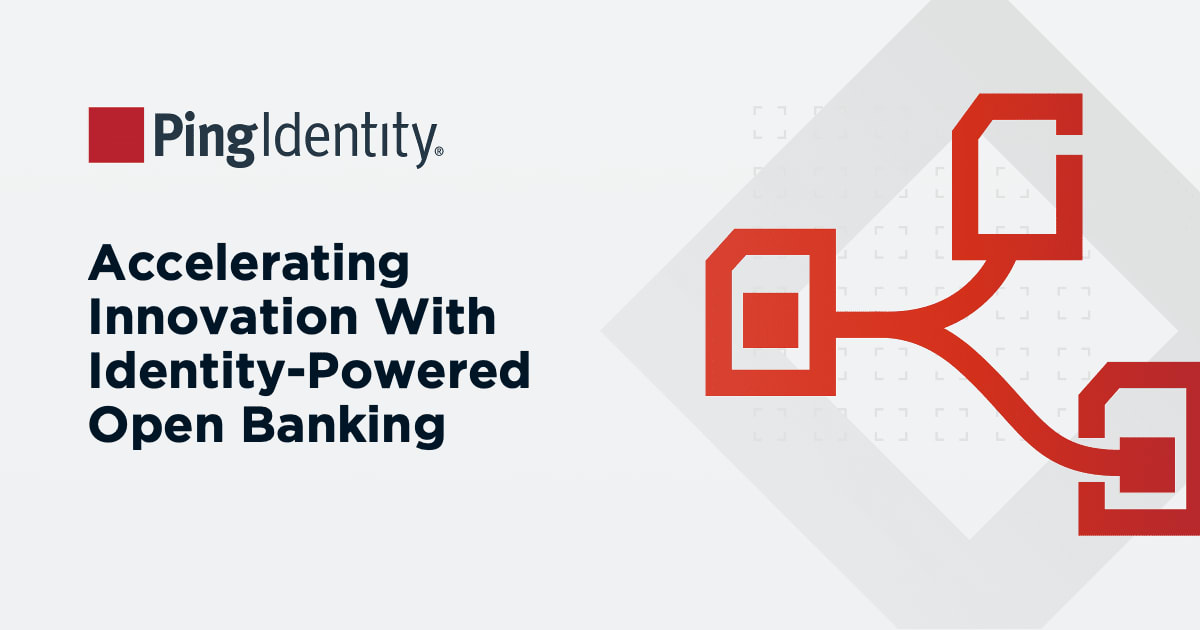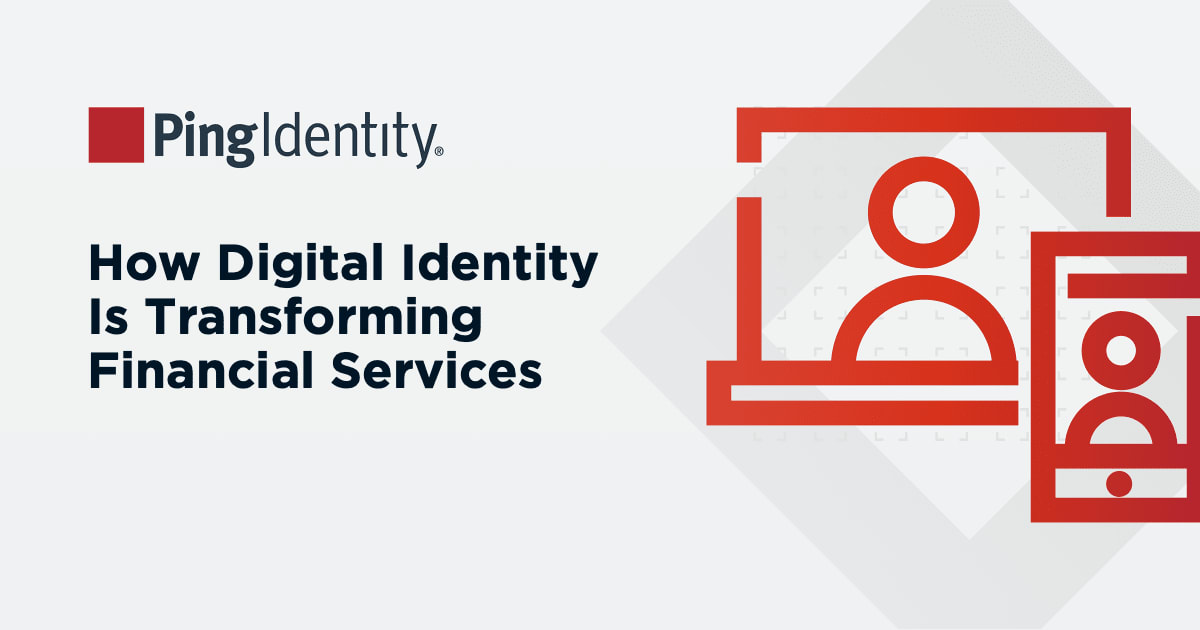Adding AI and machine learning could be the best thing you could do for your cybersecurity profile. But there are some potential stumbling blocks that need to be addressed before deciding when, where and how to integrate AI into your overall security plan.
Potential Bias
One of the innate qualities of being human is the formation of biases, and they are not always easy to see. Unfortunately, AI is also prone to bias, but it’s much more difficult to identify in technology than in people.
In cybersecurity, human information, context and knowledge is imparted to AI to help manage risks and blind spots that we can see. So while AI is an excellent cybersecurity tool for reasons already discussed, it can also reflect any human biases intentionally or unintentionally imparted to it, including ideologies, gender, race, age, disabilities and more.
As AI gains more ground in cybersecurity, it will become even more important to be able to trust that AI-based outcomes are free of bias. Left unchecked, AI bias could create major problems for diversity and cybersecurity. Should you choose to implement AI into your cybersecurity posture, your team will need to be keenly aware of the potential risks, including:
Biased Business Rules — Algorithms are created to align with the rules of business logic, written by human beings with their own (often unrealized) biases. Because of this, AI can mirror the unconscious security risk assumptions of those who set it up.
Narrow Training Data — AI can only make decisions based on the training data it receives, which is inherently neutral until it passes through the filter of humans and their biases. By the time algorithms are built, human bias has had its effect in the form of sampling decisions, data classifiers, and how training data is weighed.
Non-diverse Collaborators — When the people who contribute to the training of AI are too similar, it becomes very difficult to ensure the diversity of algorithms, which is needed to provide balance and fairness when they are applied.
Building diverse teams who understand the importance of diversity and the risks of AI bias can go a long way to ensuring fair algorithms and balanced training data.
Data Sets
AI cybersecurity models are trained using learning data sets. This means your team will need to obtain many different sets of accurate data for malware and malicious codes, and other abnormalities. For many organizations, getting their hands on all that data is a big challenge.
Expense
Adopting AI and machine learning is an expensive, time-consuming undertaking. Extra computing power, data and expertise are needed to build and maintain an AI system.
AI in the Wrong Hands
Cybercriminals are always testing their capabilities to make their tools resistant to AI security. Attackers continually learn from existing AI tools to help them build more complex attacks for both traditional and AI-integrated cybersecurity systems.
This includes the potential for neural fuzzing. Fuzzing is when large amounts of random data are software-tested to identify any weaknesses. With neural fuzzing, AI is leveraged to do so very quickly. From a hacker’s perspective, neural fuzzing makes it easier to target a system by identifying its weaknesses.


